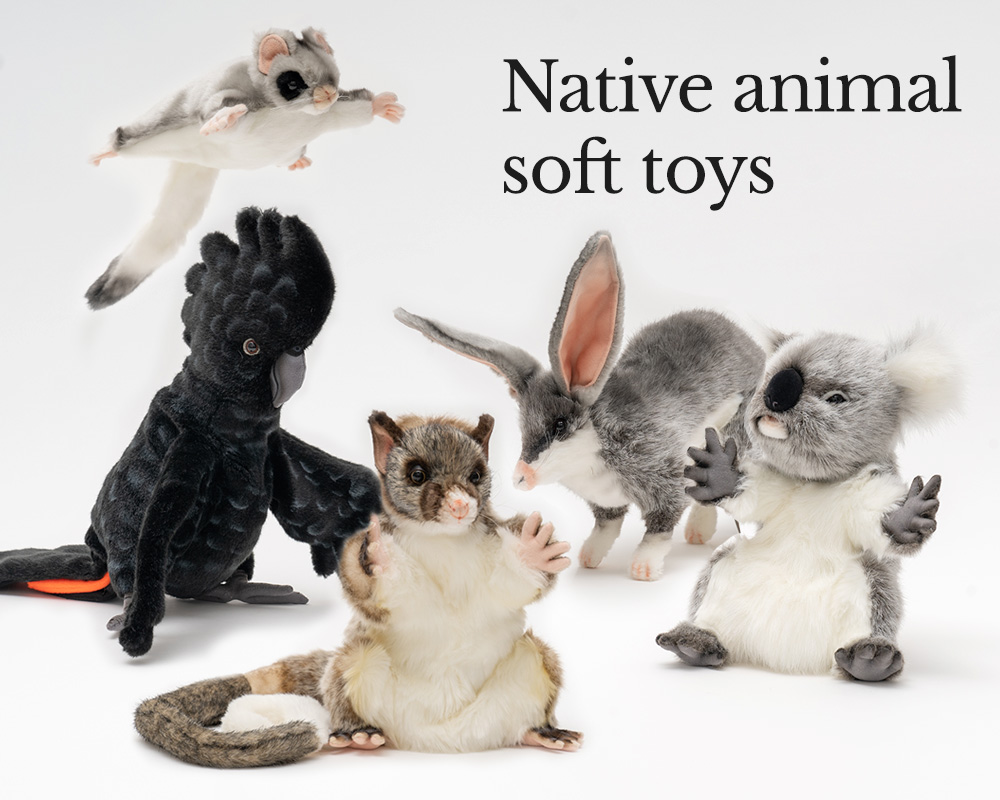Australia’s albino animals

Albinism is manifestation of a gene mutation that disrupts the production of melanin, which colours eyes, skin, hair, fur and leaves. Without this pigment animals or plants default to white or colourless states.
This doesn’t mean, however, that all white or fair animals or people are albino. Polar bears, for example, carry fair genes, but not gene mutations that inhibit colour. Some animals also suffer from different disorders that affect their pigmentation to a different extent.
Even within albinism, there are varying degrees of colouration, ranging from coppery through to very white. And so it’s a common misnomer that all albinos have pink eyes; indeed some do, but some have blue and even hazel and brown eyes. Some plants are also only partially albino, producing either regular or random stripes or colour patchers. Other people and animals are only white at the warmest points on their bodies.
Here are some albino animals seen in Australia:
1. Koala
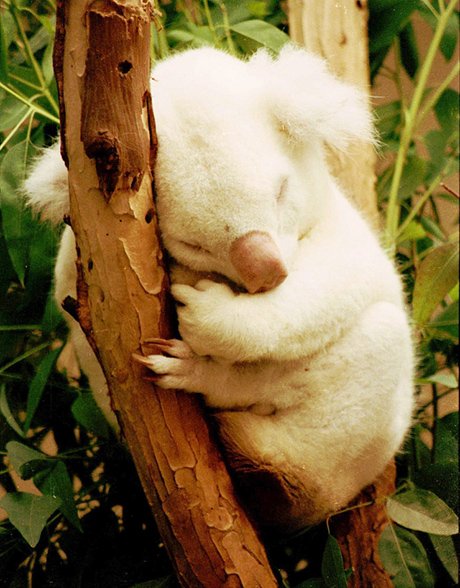
In the wild albino animals, like this koala, are much less likely to survive for a number of reasons. Being fair or white makes them vulnerable to predators, sunburn and cancer; they have a reduced ability to mate, so are likely to die before they get to pass on their genes.
2. Wallaby
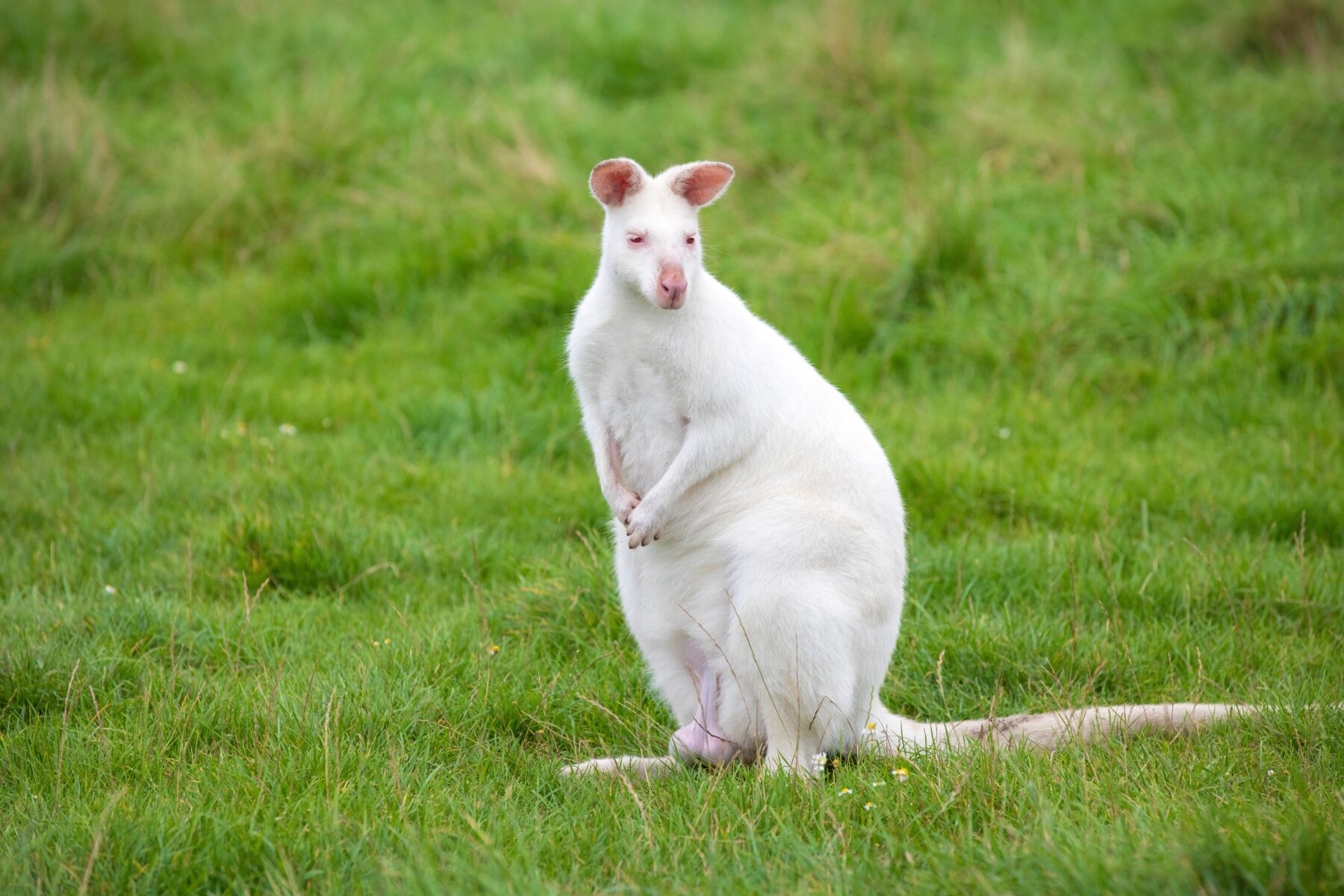
Bruny Island off Tasmania’s south-eastern coast has also nurtured a population of albino wallabies, where their sheltered island life and remote population has meant they’ve managed to carve out a niche for themselves.
3. Bat
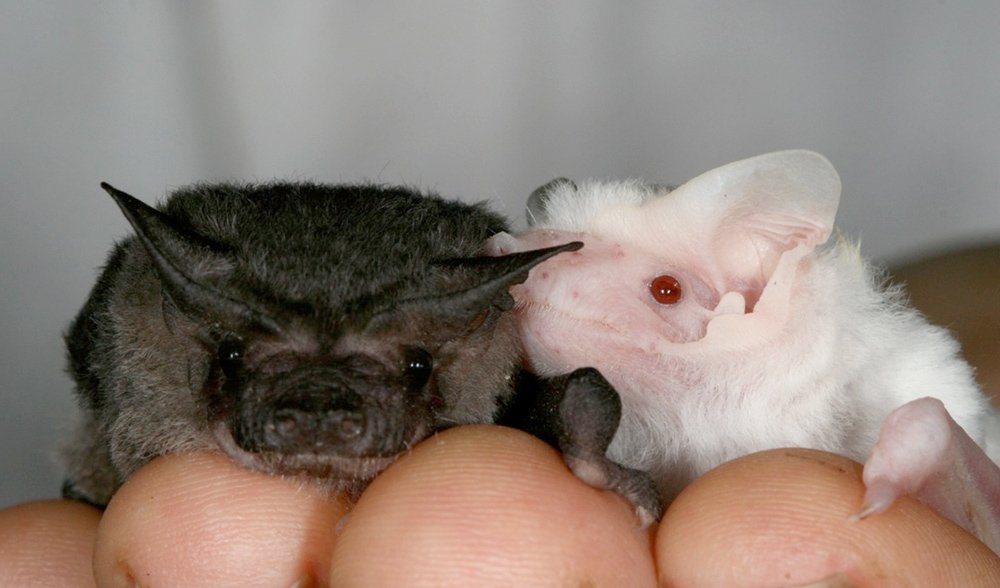
A black bat and an albino bat at the Tolga Bat Hospital.
4. Kookaburra
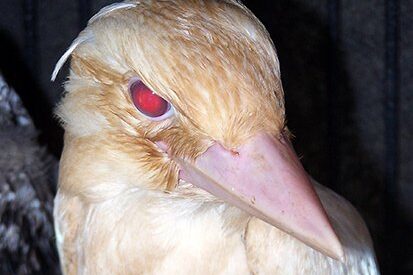
One of two extremely rare blue-winged albino kookaburras in Ravenshoe, believed to have been swept from their nests in a wild storm, at a wildlife sanctuary in 2010. The pair of native birds, renowned for their laughing cry, were found waterlogged at the base of a tree and rescued by a cattle farmer.
5. Magpie
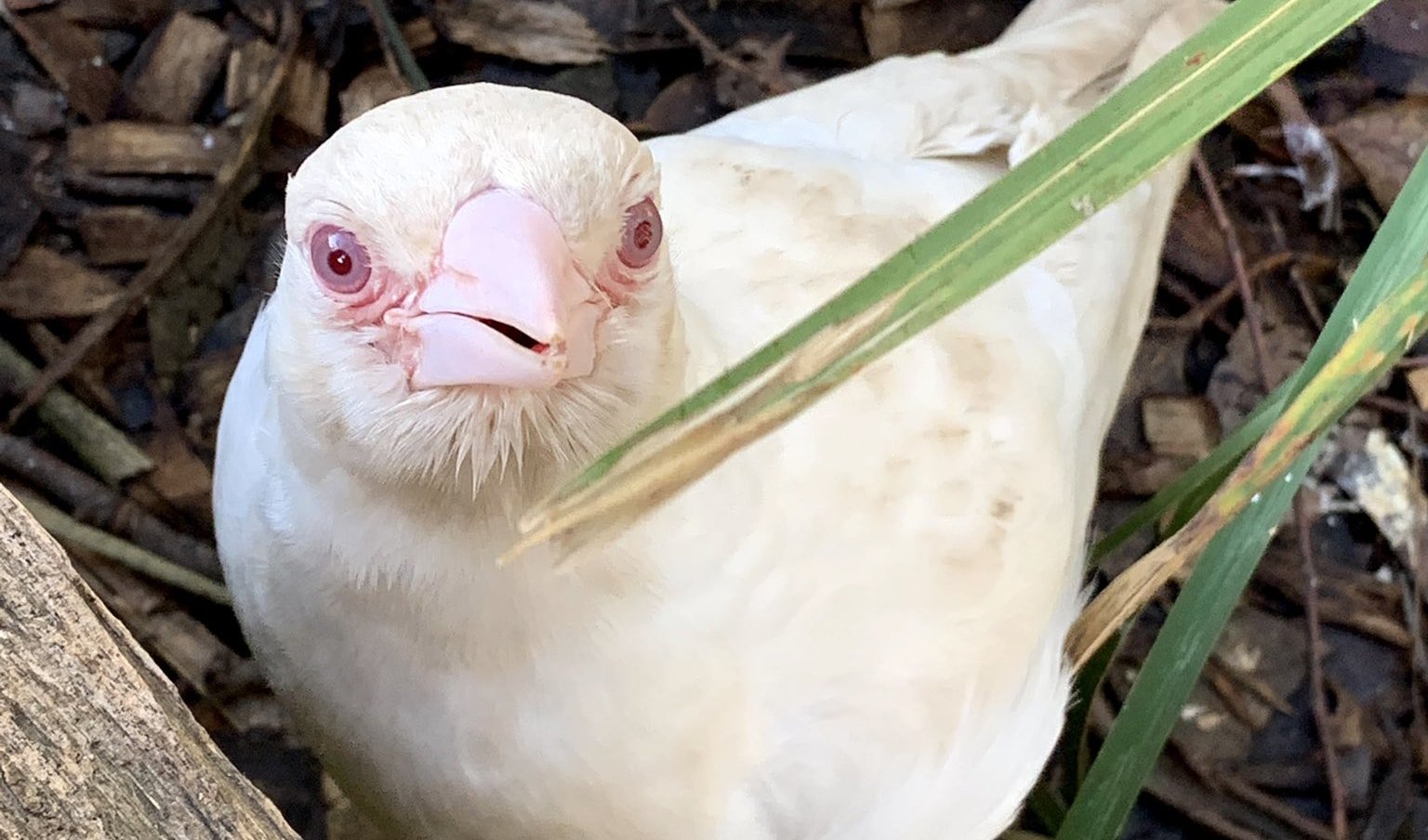
This adorable little guy was spotted at Trowunna Wildlife Park in Tasmania.
6. Echidna
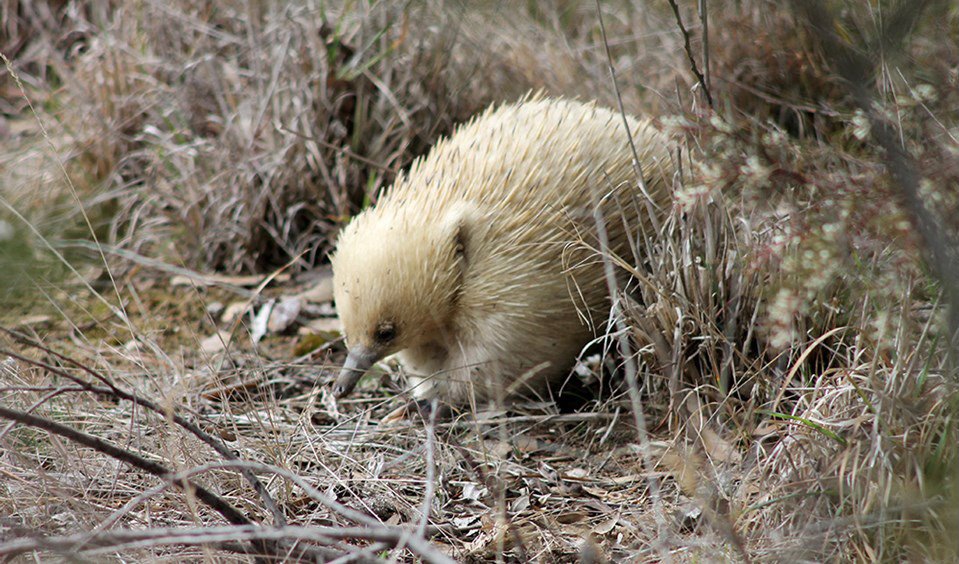
The rare colouring is manifestation of a gene mutation that disrupts the production of melanin, which colours eyes, skin, hair, fur and leaves. Without this pigment animals or plants default to white or colourless states. This echidna, despite being almost completely white, is referred to as ‘hyper-pigmented’ rather than ‘albino’.
7. Whale
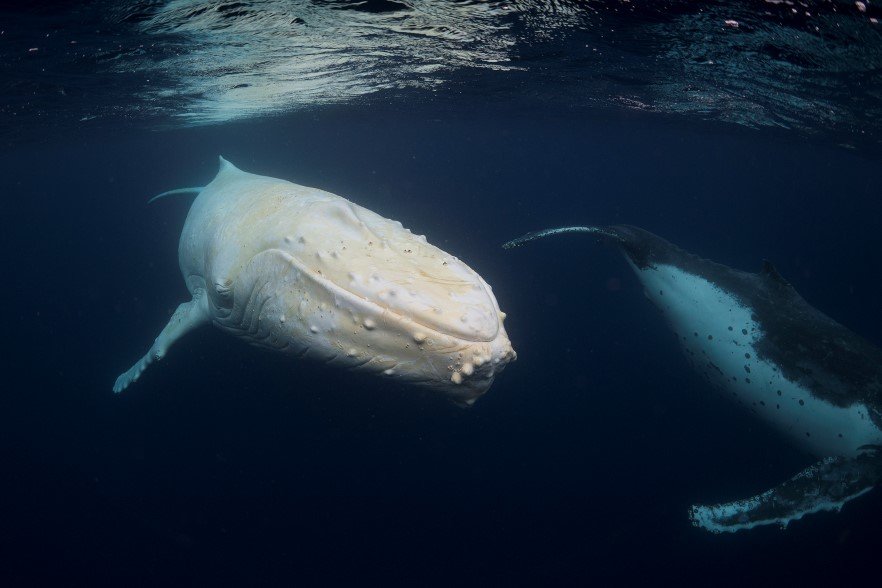
Migaloo the white whale was first photographer back in 1991 while passing Byron Bay. Migaloo is also hyper-pigmented.
8. Brush turkey
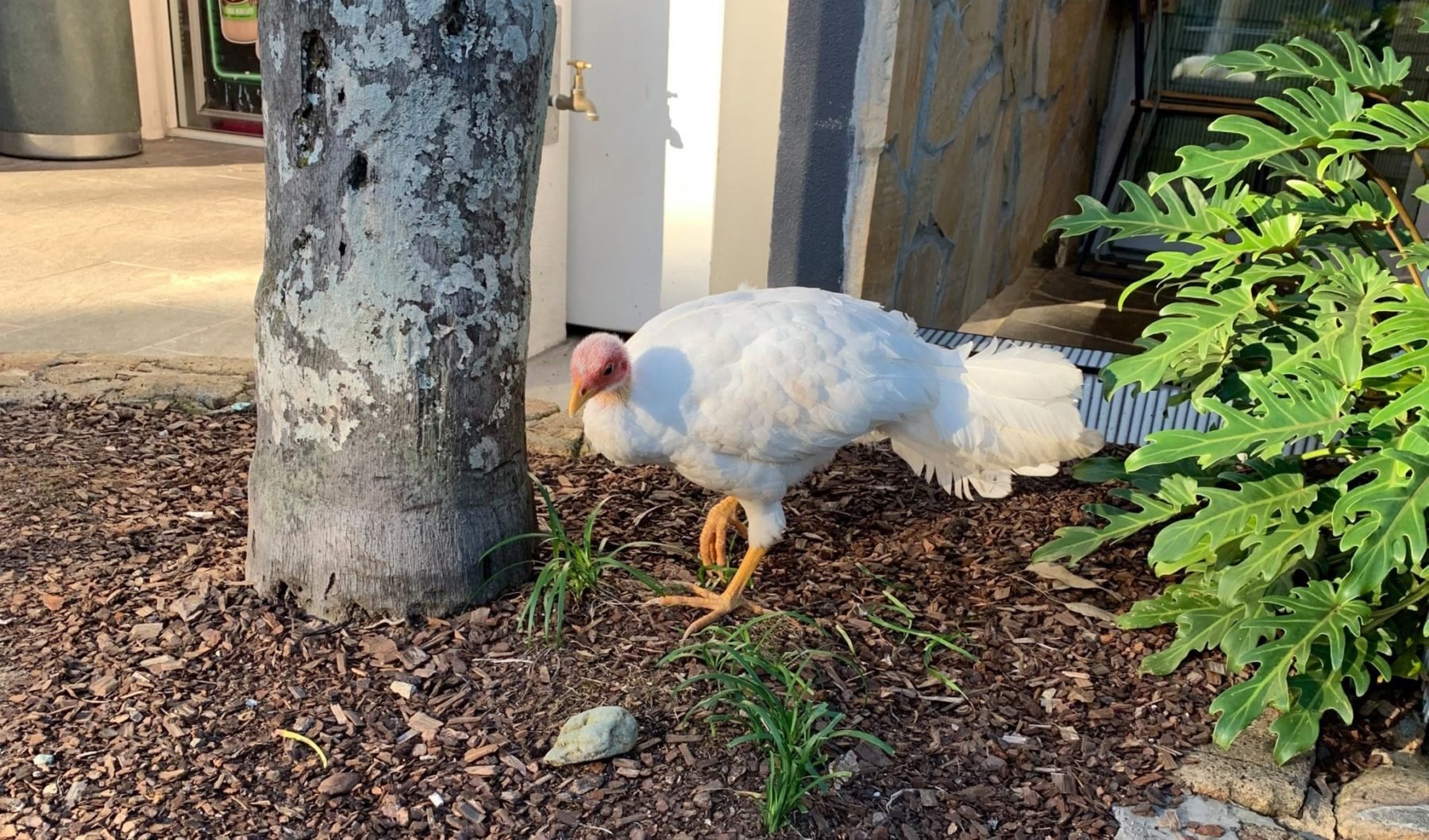
This brush turkey was spotted near the roundabout at the corner of Noosa Parade and Noosa Drive.

